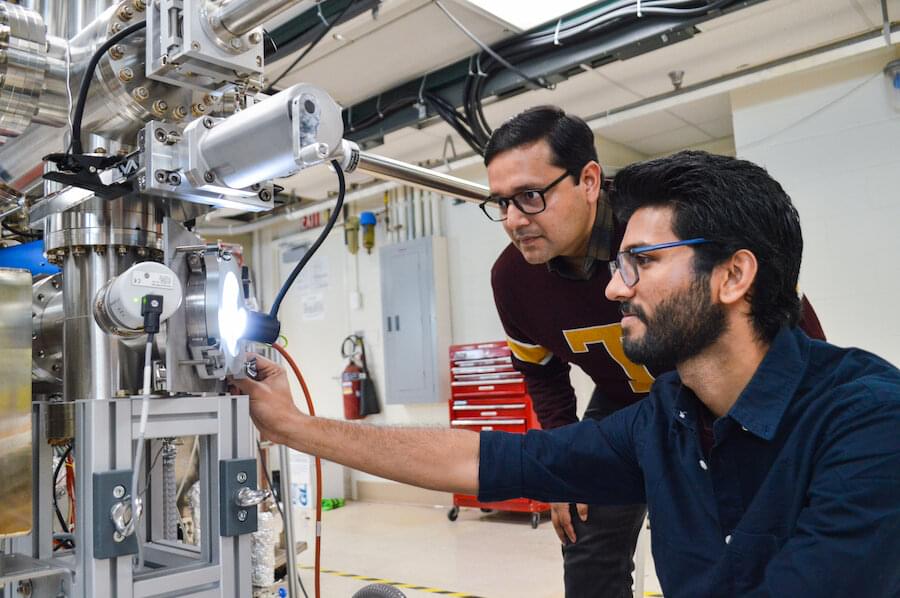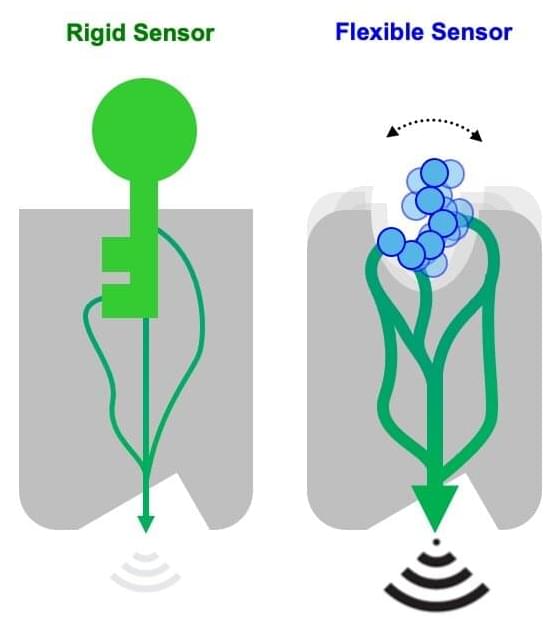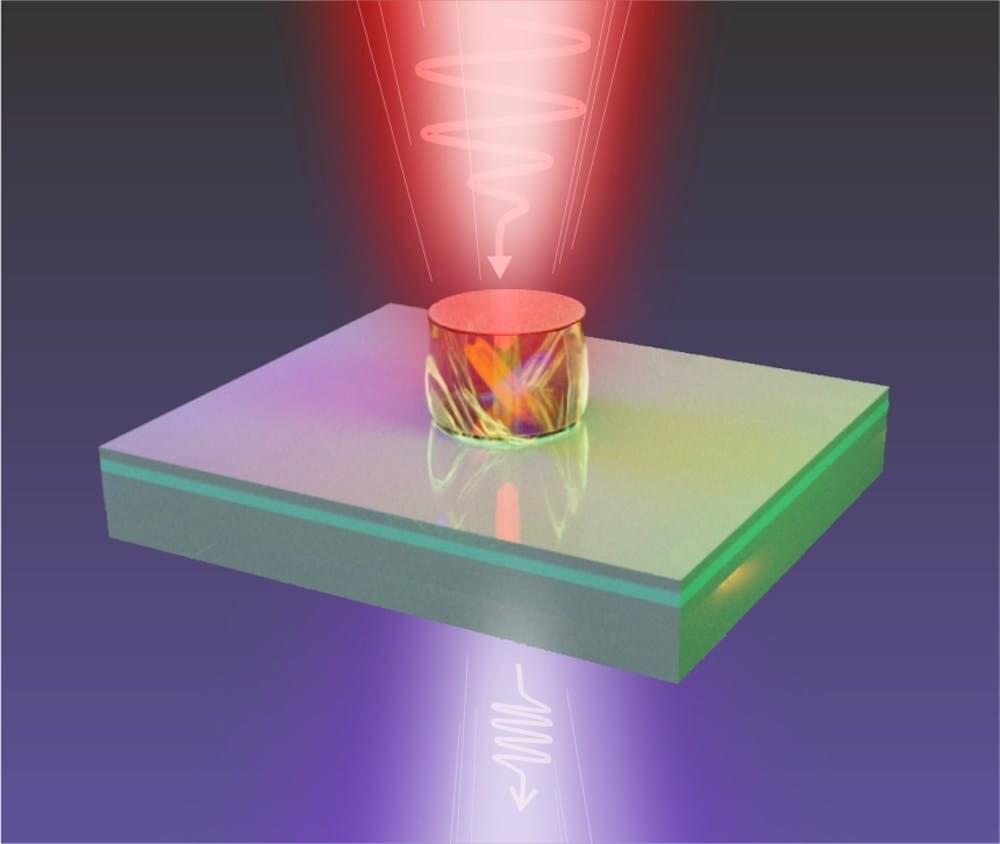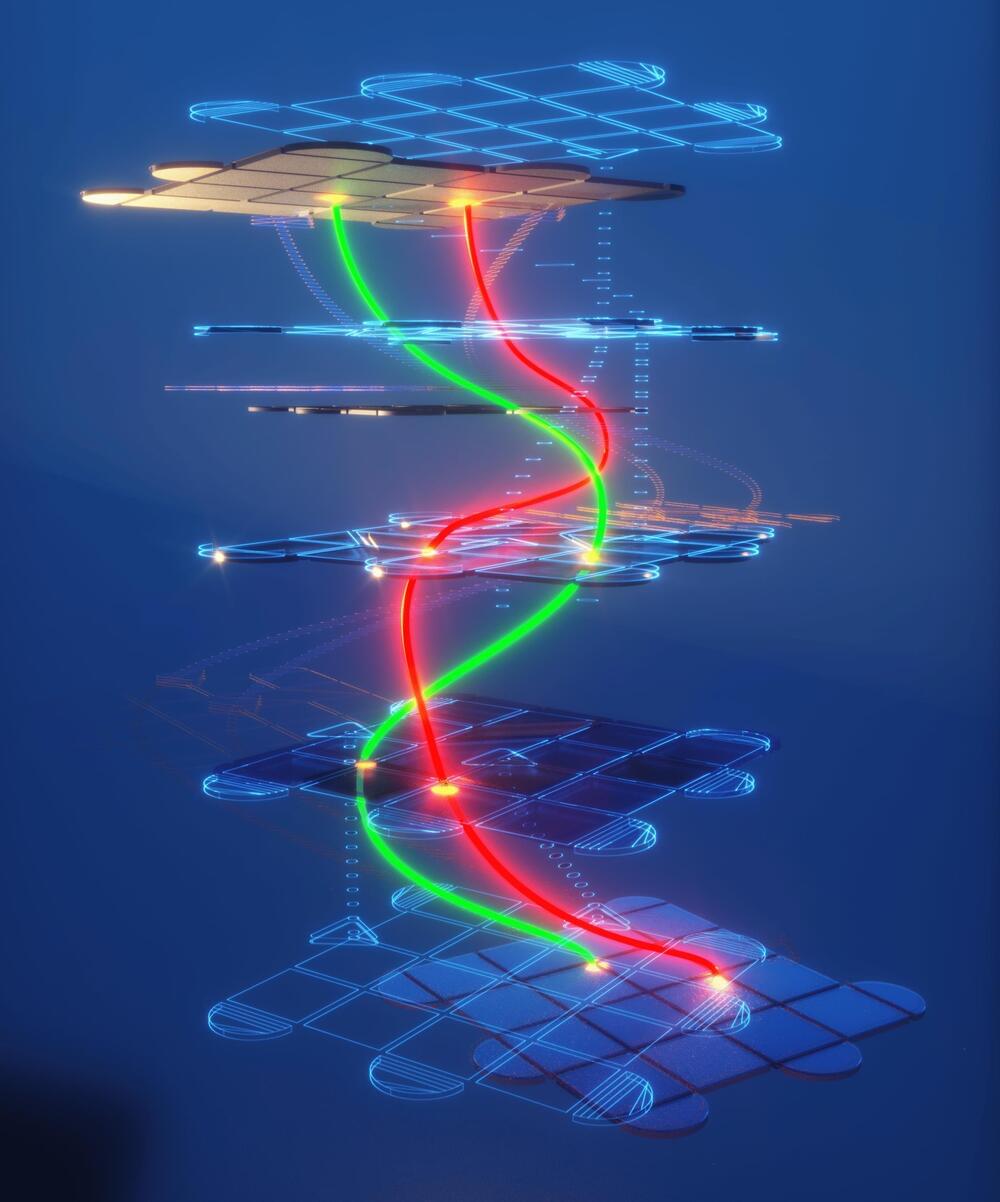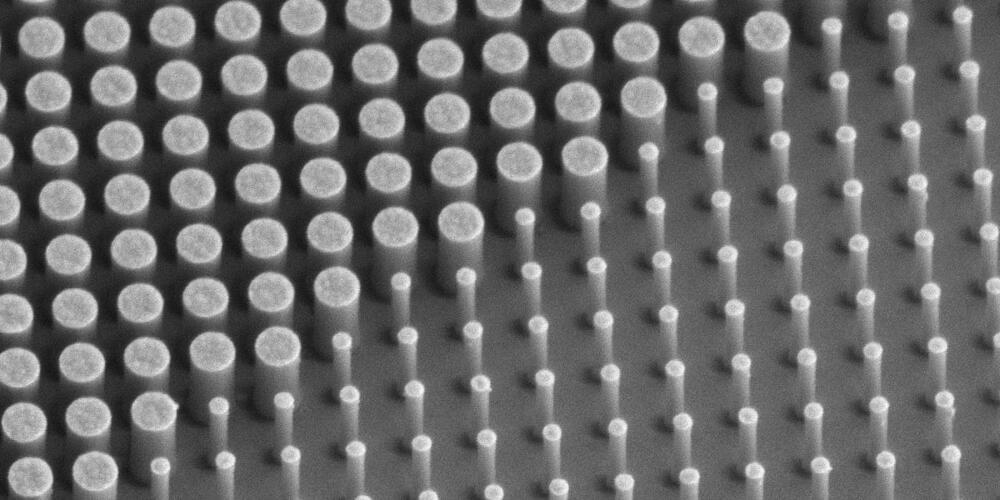The recent advent of generative models, computational tools that can generate new texts or images based on the data they are trained on, opened interesting new possibilities for the creative industries. For example, they allow artists and digital content creators to easily produce realistic media content that integrates elements of different images or videos.
Inspired by these recent advances, researchers at Stanford University, UC Berkeley and Adobe Research have developed a new model that can realistically insert specific humans into different scenes, for instance showing them as they exercise in the gym, watch a sunset on the beach, and so on.
Their proposed architecture, which is based on a class of generative models known as diffusion models, was introduced in a paper pre-published on the arXiv server and set to be presented at the Conference on Computer Vision and Pattern Recognition (CVPR) 2023 in Vancouver this June.


